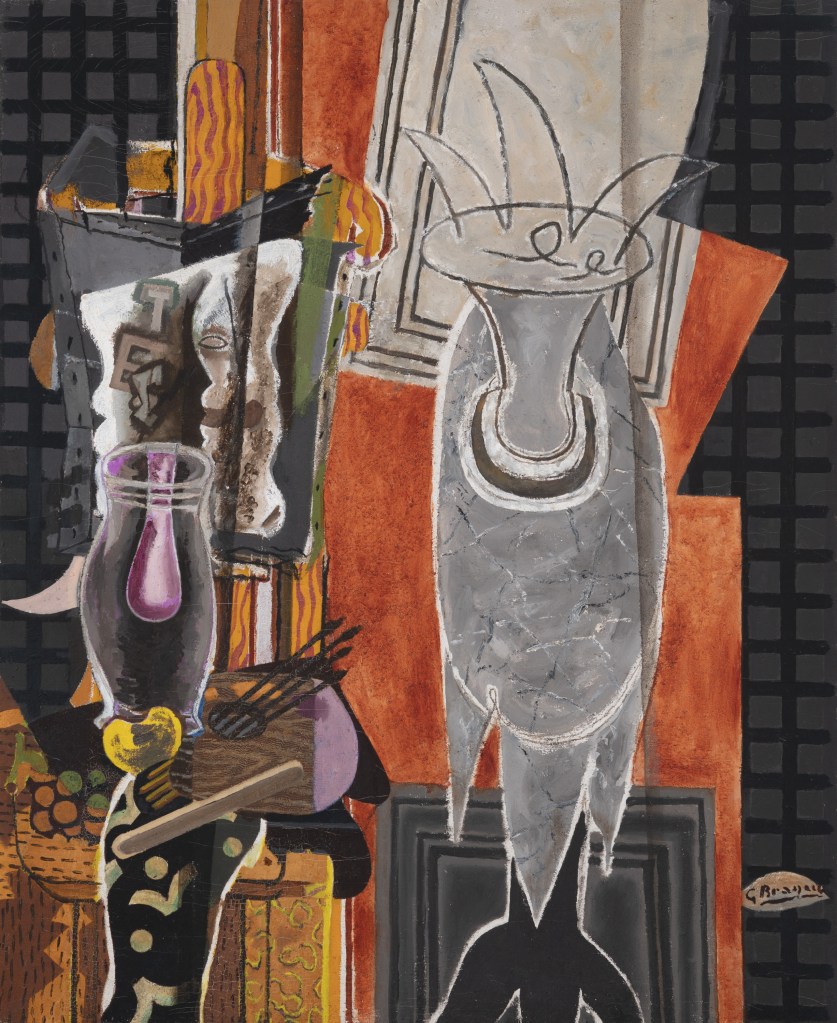Reviewed by John Daly-Peoples

A Different Light: First Photographs of Aotearoa
Auckland Museum
April 11 – September
A Different Light: First Photographs of Aotearoa
Auckland University Press
RRP $65.00
Reviewed by John Daly-Peoples
Opening at the Auckland Museum this month is the exhibition “A Different Light: First Photographs of Aotearoa” which will also see the launch of the book “A Different Light: First Photographs of Aotearoa” published by Auckland University Press.
The exhibition is groundbreaking in bringing together work from some of the most extensive photographic collections in the country – Auckland Museum, The Alexander Turnbull Library, The Hocken Collection and The National Library.
While early artists had recorded aspects of life in New Zealand through paintings, drawings and engravings it was the photograph which enabled them to record the full range of people, events, landscapes and the built environment.
The full range of such photographs can be seen in the exhibition and the accompanying new book
The first recorded use of photography in Aotearoa was in 1848, less than a decade after it became commercially available in Europe. Over the second half of the 19th century, professionals and amateurs alike experimented with the new technology and set in motion an image revolution that changed the way our lives were recorded.
These first photographs reveal important individuals as well as ordinary people, imposing landscapes and the New Zealand bush. There are example of Māori architecture and the fledgling townships. In those towns, there are examples of the most imposing of buildings which speak of government and wealth as well as the rudimentary dwellings of settlers.

The famous Pink and White terraces were photographed by numerous photographers including John Kinder, George Valentine and Josiah Martin. In the book/exhibition there is one by Charles Spencer “Cold Water Baths, White Terraces”. It has been printed as a cyanotype which gives the image a Prussian Blue colour. Another of Spencer’s cyanotypes is of Auckland Harbour which has an eerie appearance.
There are images which help give us an understanding of our past such as Francis Coxhead/ William Meluish’s photograph which shows Gabriels Gully in 1862 with its collection of tents dotted over the barren valley.

There are a couple of images of Auckland by Hartley Webster including what is probably the earliest depiction of the town along with several other views of the town. There are also images of other towns in their infancy including Dunedin, Wellington, Hokitika and Lyttleton.

From the very first there were images of Māori such “Two Wahine” by Harriet Cobb and many images were printed commercially. One of the most widely distributed was of Wiremu Tamihana te Waharoa who was known as the “king maker”. At one point there was even court action over the plagiarised of images of him.
Other important figures represented in the exhibition include Sir George Grey, Tamati Waka Nene and Gustav von Tempsky.

References are also found to the Land Wars with Monatague Higginson’s “The Native earthworks at Rangariri” which was taken after the decisive battle for the Waikato fought in November 1863. There are aspects of cultural exchange to be seen in the dual portrait of Tom Adamson and Wiremu Mutu Mutu where styles of dress and fabrics are merged.
The exhibition provides information on the development of the photographic processes from the expensive, silver-coated daguerreotype portraits to the gelatine silver process, which when paired with a fast-shutter, could capture Victorian-era subjects in action for the first time.

With this growth in understanding of the technical aspects of the photograph came experimentation as can be seen in the double exposure image of John Buchanan, the noted botanist in “Spirit photograph of John Buchanan” by McGregor and Company.
David Reeves, Auckland Museum Tumu Whakarae Chief Executive, says, “The advent of photography in the mid-19th century was a remarkable technological event which had significant impacts on society at the time. This exhibition gives us a chance to reflect on that and more recent changes in the way images are captured and shared and what that means for identity, privacy, and connection with each other.”
The exhibition travels to the Adam Art Gallery (Wellington) in February 2025 and the Hocken Collections (Dunedin) September 2025.
To subscribe or follow New Zealand Arts Review site – www.nzartsreview.org.
The “Follow button” at the bottom right will appear and clicking on that button will allow you to follow that blog and all future posts will arrive on your email.
Or go to https://nzartsreview.org/blog/, Scroll down and click “Subscribe”





















